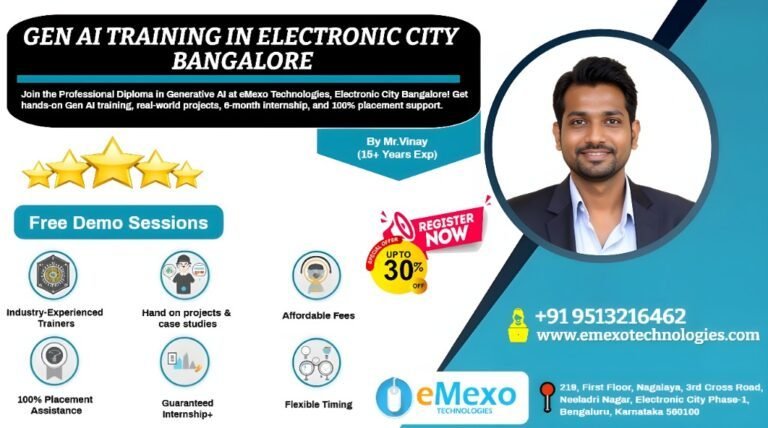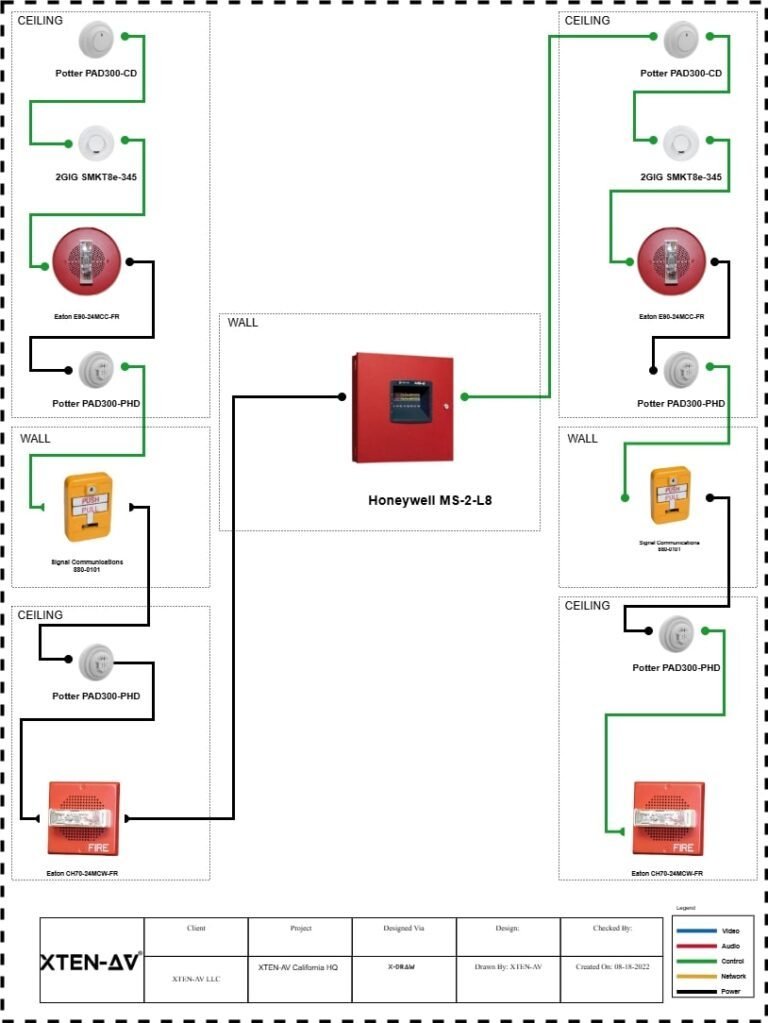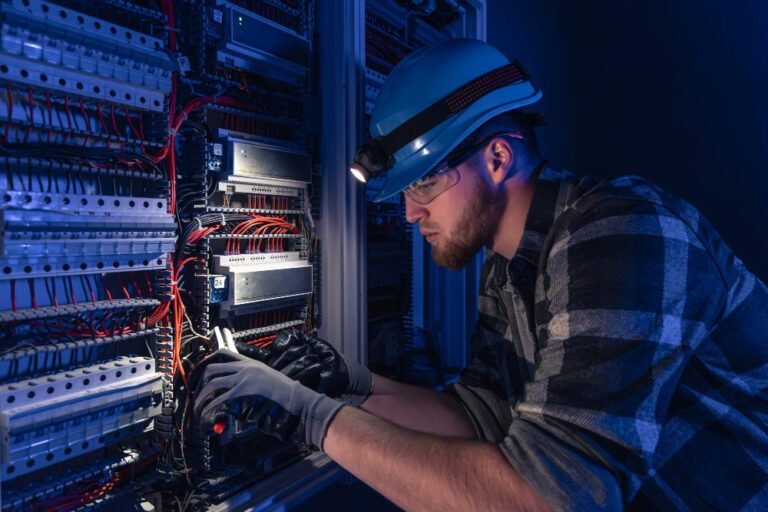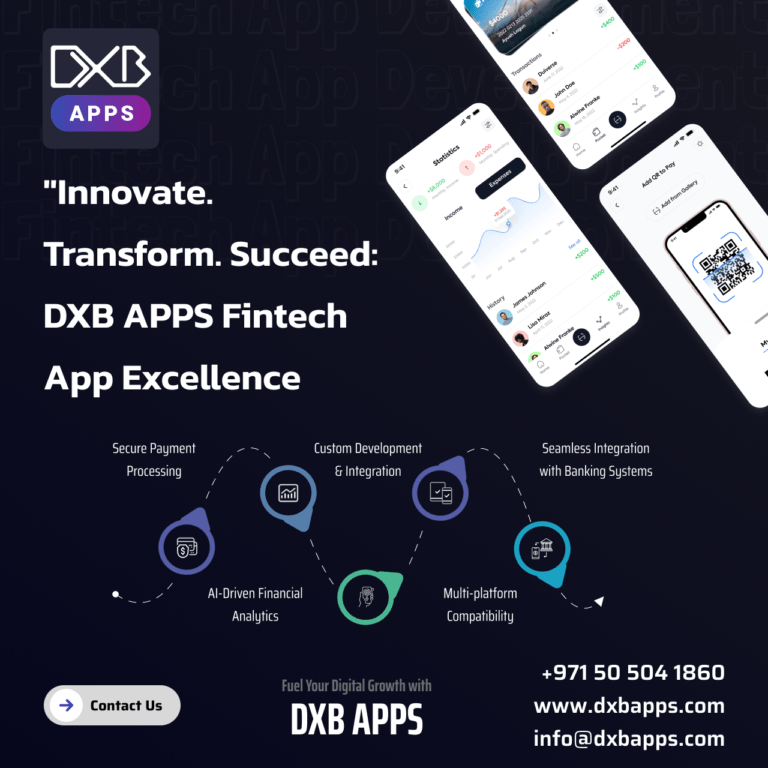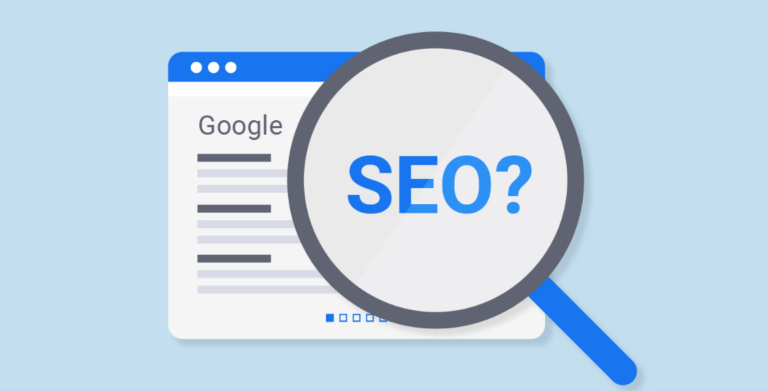Static automation is not sufficient today. Instead, corporations expect autonomous decision-making systems. They are also reconsidering how their teams collaborate and execute ideas via AI-driven work approaches. This trend has a new variation where AI is still central, but interacting with it for specific outcomes is more streamlined. That is agentic AI.
It is a kind of artificial intelligence that can reason, adapt, and act as if it were a human coworker. By 2026, agentic AI will evolve, expanding the areas where it will surpass conventional automation for better human assistance. It has immense potential to reshape how humans fulfill collaborative, creative, managerial, and empathetic roles.
All stakeholders, businesses, governments, and consumers will take an interest in agentic AI, although for varied reasons. Therefore, leaders view predictive analytics agents and helpdesk chatbots as a small section of a huge picture. Beyond all that, agentic AI is going to help professionals collaborate in real-time. In other words, teamwork will involve digital consultants who will be modernizing how distinct professions come together to turn an idea into reality.
This blog explores the top agentic AI trends to watch in 2026, demonstrating that they are here to stay for more seamless teamworking and project execution.
Agentic AI Trends to Watch in 2026: From Teamworking to Virtual Companions
Agentic AI in Collaborative Teamwork
The most exciting developments in 2026 involve collaborative agentic systems. These are agentic AI solutions that work alongside human teams to manage workflows. For example, they will autonomously monitor progress. When problems arise, the implemented AI agents will also contribute creative solutions.
Microsoft Copilot for Teams and Slack GPT are some noteworthy examples. Those tools already help users summarize conversations. Google Gemini also competes in this space. So, when generating meeting notes and organizing action items is necessary, team members can save time and provide great, accurate details.
However, the next generation of AI agents will take this much further.
In the future, the systems will be aware of the organizational goals. Therefore, AI agents will tailor their communication style to each team member. For instance, the AI assistant of a marketing team could analyze real-time customer feedback. It can quickly suggest campaign adjustments. Similarly, in engineering or design, AI could proactively detect errors in project plans. It will propose fixes while helping professionals adhere to deadlines.
Agentic AI for Continuous Business Optimization
In 2026, businesses will partner with agentic AI companies to monitor performance data without any delays. Moreover, AI integrations will enable agents to make recommendations for growth-focused operational improvement. Unlike static dashboards, these systems will show data in real time. They will also describe the actions taken.
For example, Salesforce and IBM are working their way toward self-optimizing customer relationship management (CRM) and analytics systems. Today, they can identify process bottlenecks. Instead of waiting for human reviewers, they can recommend changes in workflows. Future versions will automatically make minor optimizations themselves. As a result, human approvals will be less frequent, improving execution speed.
Industries such as financial advisory, manufacturing, and logistics companies will thrive with agentic AI since it will automatically balance resource allocation. In capital markets, AI agents will optimize trading and valuation. In retail, they will check stock surplus insights and seasonal demand shifts to come up with the best inventory plans.
Emotional Intelligence and Virtual Companions
Agentic AI will become more emotionally aware. By 2026, emotional intelligence will be one of the defining features of this technology. Consequently, AI agents will understand instructions and detect user emotions, tone, and intent.
This evolution is evident in platforms such as Replika, Character.AI, and Inflection AI’s Pi, which already engage users in meaningful, emotionally supportive conversations. Next-generation AI agents will extend this further, delivering more nuanced, empathy-driven responses by combining conversational intelligence with deeper contextual awareness drawn from past interactions and expanded long-term memory.
Those virtual companions will enable easier access to better mental well-being. In countries with population-specific issues that lead to solitude among seniors, virtual companions will provide essential support to those without families. Personalized education where passion is more crucial, instead of the fear of punishment and unhelpful criticism, will be possible.
Agentic AI in Cross-Industry Integration
By 2026, agentic AI will be able to connect systems across industries. This trend will liberate AI since it will be multi-platform. Harmonization between multiple AI agents will also surpass industries. Furthermore, multidisciplinary teams will have no fear of domain-specific jargon. AI agents that can handle a greater workload covering different workflows and knowledge areas will help accomplish this utopia.
For instance, Google Cloud Vertex AI and Amazon Bedrock are already working on developing environments where several business systems can interact simultaneously via an AI agent. That is why there will be an AI agent combining risk analytics, compliance tracking, and fraud monitoring in one pipeline.
Autonomous Research and Development
Self-contained AI systems can generate hypotheses, run simulations, and design prototypes with very little human supervision. So, they will accelerate in-house and academic research projects.
Platforms like NVIDIA Omniverse and OpenAI Codex are leading examples of AI for innovation and design. In the near future, agentic R&D assistants will be able to read technical papers. They will automatically identify gaps and point to new directions for research.
For example, in the pharmaceutical industry, AI systems will continue to study drug interactions. They will also perform virtual clinical testing. Likewise, in manufacturing, they might virtually test product designs through digital twins and automatically suggest improvements.
Conclusion
By 2026, agentic AI will enhance teamwork by automating complex decisions and eliminating language barriers due to professional jargon or geography. They will enable emotionally intelligent experiences and redefine innovation processes.
Companies that are the early movers in the agentic AI race will enjoy the advantage of agility, adaptability, and customer trust. As the technology matures, the boundary between human and AI collaboration will keep blurring. Ultimately, a new horizon for team productivity, virtual companionship, and personalization is available for corporations to explore.
































